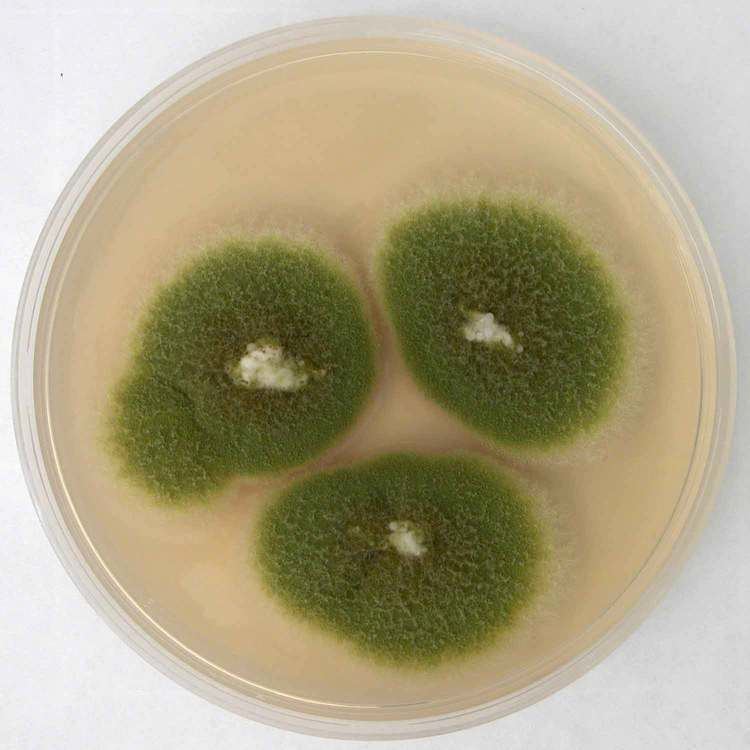Rank Species | ||
 | ||
Similar Aspergillus flavus, Aspergillus ochraceus, Penicillium, Aspergillus niger, Aspergillus nidulans | ||
Aspergillus parasiticus fungi kingdom
Aspergillus parasiticus is a mold known to produce aflatoxins (a potent liver carcinogen), although strains of it that do not produce this carcinogen exist. It is closely related to but separable to (based on DNA sequencing and amplified fragment length polymorphism fingerprinting) Aspergillus flavus. A. parasiticus produces aflatoxins B1, B2, G1 and G2, unlike A. flavus which only produces B1.
Contents
Aspergillus parasiticus
History
The mold was first described by pathologist A. T. Speare of the Hawaiian Sugar Planters’ Association in 1912; Speare observed the fungus sporulating on sugarcane mealy bugs (Pseudococcus sacchari) that had died while feeding on the cane leaf sheaths. It is sometimes found on black olives, improperly stored food grains and peanuts.
An outbreak of deadly disease on turkey farms in England in the 1960s initially lacked a known cause (hence the initial name of Turkey X disease), but was eventually tracked down to A. parasiticus, Aspergillus flavus and many other related species which were being fed to turkeys in peanut meals. It was this outbreak which led to the discovery of aflatoxins and stimulated the field of mycotoxicology. A similar outbreak later occurred in Kenya, where ducklings were infected due to the presence of the mold in Ugandan peanut meal. Aspergillus parasiticus was found to produce all four principle aflatoxins AFB1, B2, G1 and G2.
